I'm a computer tech teacher by day, and the 3d printer revolution is astonishing to behold. The dream workshop would have the usual suspects (awesome tools etc), but it would also have some truly alien looking tech.
Ever seen a resin based 3d printer? It's like something out of Terminator:
3d printing is about to get even wilder, with larger scale prints becoming an option. Imagine a 3d printer that could handle motorcycle fairings... except you could do anything you want. Want a fairing made out of dragon scales? No problem! Want customized etching across the entire fairing? No problem! Want to design a radical fairing using the stock mounting points?
Some time in Blender and you'll be ready to print radically customized fairings and other parts.
The BigRep1 goes for almost $40,000, but imagine what you could print in over a cubic meter of build space - motorcycle fairings would be not problem. I think I'd rent one first to see what I could get away with before buying.
Using resin based printing instead of additive 3d printing means you can produce parts that have the same structural nature as cast pieces (they aren't made of bonded parts). These pieces would be incredibly strong - they could also be made much more quickly. Instead of hours long build times, we'd be looking at minutes...
If you're looking for futuristic workshop inspiration the Big Hero 6 garage would be a good place to start - in there he's 3d printing carbon fibre! The holographic display is pretty dope too...
Iron Man is another film that gives you a good idea of what a 21st Century garage might look like. Tony Stark's workshop is a holographic wonderland with built-in fabrication capabilities.
It was once thought that with fuel injection, onboard computers and digitization we would be losing the ability to modify and customize our motorbikes. It turns out that digitization is actually handing the ability to manufacture back to individuals from the factories that took it from them. Industrialization meant standardization and centralization in the 19th and 20th Centuries. In the 21st Century manufacturing will return to the craftsmen it started with; localized micro-manufacturing is going to be the way of things to come.
If you're making shop space for yourself, having a computer in it gives you access to a world of information (I frequently use my to watch how-to videos and view schematics), but that workshop based computer is soon going to be providing a lot more than just information. Do yourself a favour, get a handle on 3d modelling, it'll come in handy in the near future.
Ways to get started:
- Get handy with Blender - it's free, and it's powerful! There are also a lot of tutorials available for it online
- Structure Sensor: a 3d scanner that snaps onto your ipad. It makes making 3d copies a breeze!
- Basic 3d printers start at about $1000.
- If you want to give printing a try, many people in the maker movement offer 3d print services. It's a nice way to see what a 3d printer can do for you without the overhead... 3D Hubs is one such option, and they'll introduce you to makerspaces in your area.
- Sketchfab is handy for sharing and doing light editing on 3d models.





























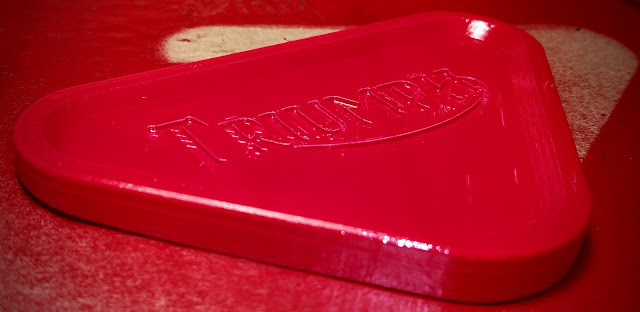
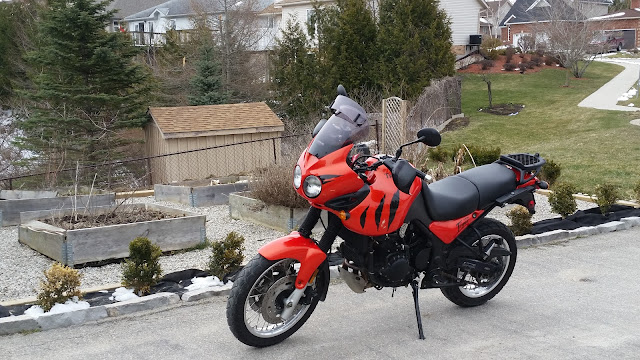

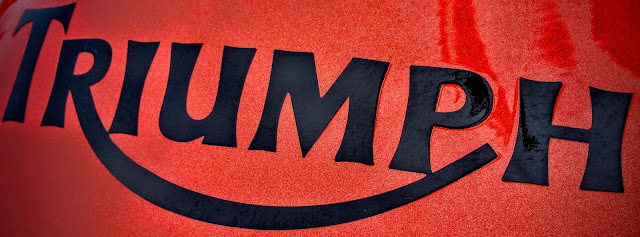


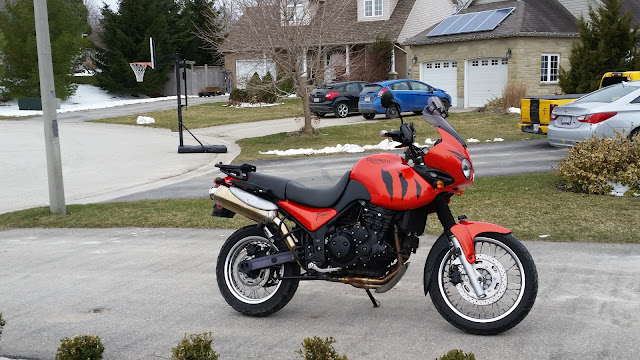



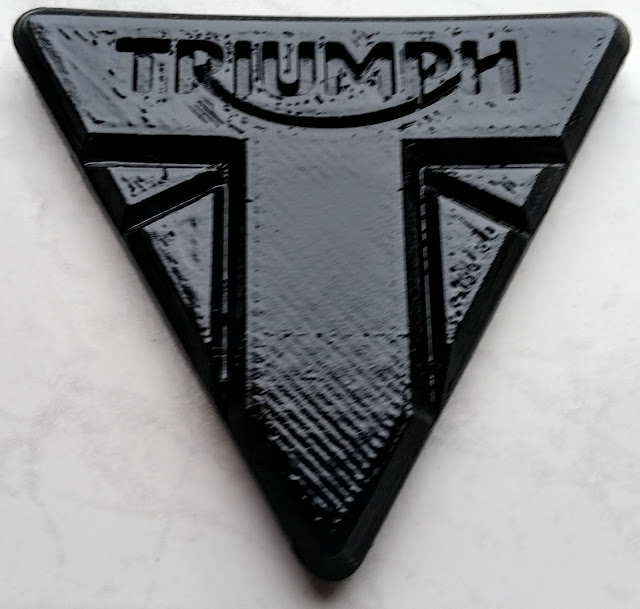

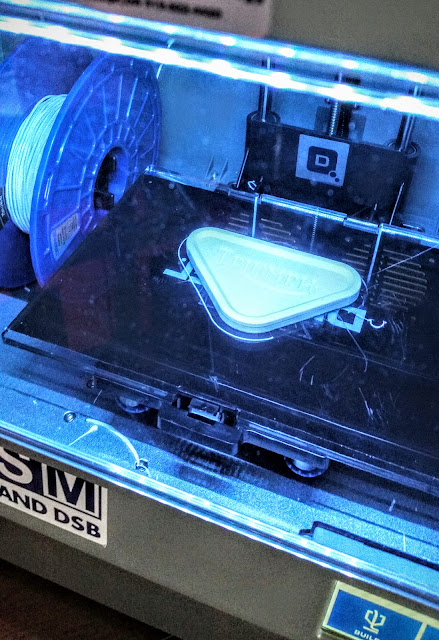








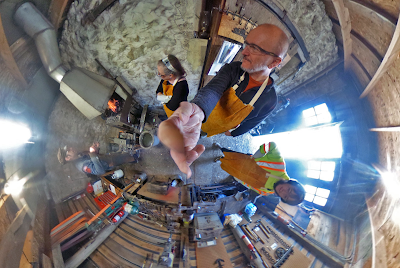



.gif)



